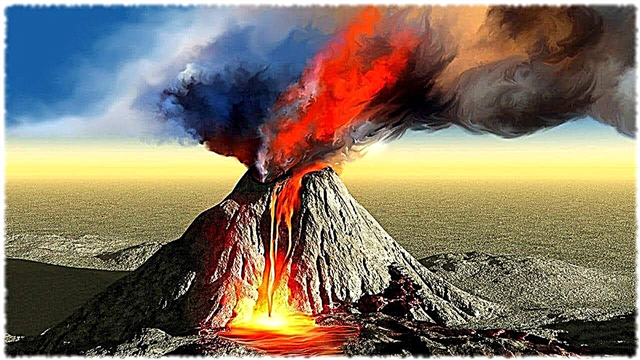
Oil is called "black gold" because it is a hydrocarbon, without which the development of modern industrial production is unthinkable. Oil and gas are the basis of the fuel and energy complex, which produces fuel, lubricants, oil components are used in building materials, cosmetics, food, detergents. This raw material is sold for currency and brings prosperity to countries and peoples with huge reserves.
How are oil fields found?
Mining begins with exploration. Geologists determine the possible occurrence of oil horizons in the bowels, first by external signs - geography of the relief, oil spills to the surface, the presence of traces of oil in groundwater. Experts know in which sedimentary basins it is possible to assume the presence of oil reservoirs, professionals are armed with various methods of exploration and prospecting studies, including a surface study of rock outcrops and geophysical visualization of sections.

The estimated area of the deposit is determined by the combination of features. But even if they are all present, this does not mean that detailed exploration will discover an oil basin with large reserves necessary to begin commercial production.It often happens that exploratory drilling does not confirm the commercial value of the field. These risks are always present in oil exploration, but without them it is impossible to determine the structures (traps) in which oil is accumulated in the amount necessary for development.
Determining the boundaries of the field and studying the volume of deposits
After confirming the presence of oil reservoirs, it is required to determine the geographical size of the field and its volume. This is done by the method of drilling wells, many of which are empty, but the costs are paid off handsomely when the reservoir is correctly edged and it becomes clear that it makes sense to develop it.
Suffice it to say that the exploration of new deposits is always cheaper than the purchase of already explored reserves. The exploratory part of the development is only $ 2-3 per barrel, and then the costs of development, operation, and transportation are added to the cost. But in the end, it is profitable to engage in oil production, this business gives huge profits.
The volume of the basin is investigated by the method of determining the production rate of exploratory wells, that is, by calculating the amount of oil raised to the surface per unit time. On this indicator, the profitability of the developed area is calculated, the required diameter of production wells and the equipment necessary for them — towers, pumps — are determined.
Oil production technology
The most famous methods for developing oil fields are:
- mechanical (pumping)
- fountain
- shale
Mechanical (pumping) method of oil production

Mechanical means drilling wells with pipes to the depth of the formation, installing pumping equipment and pumping oil using a compressor. The compressor is on the surface, a cord is supplied from the pump to the pump to power the pump.
Fountain way

The fountain method is the most economical. It is based on the fact that the oil reservoir in the bowels is under pressure from the rocks, and the liquid itself rises to the surface. Well equipment in this case consists only of pipes in the well and reinforcement on the surface that controls the strength of the fountain. Over time, the pressure from the well weakens, then mechanized equipment is installed in place of the reinforcement, collecting raw materials in special tanks.
Oil shale method

Shale oil production is the most expensive. It is carried out by drilling a vertical well with the rotation of the drill in a horizontal plane along the oil reservoir. After horizontal drilling, a hydraulic fracture is made to intensify the flow of oil into the well. The shale revolution began with the development of two Bakken and Eagle Ford fields in the United States. Scientists claim that the reserves of shale oil on the planet will last for 300 years. It is believed that the shale method of oil production can be very dangerous for the environment.
In Russia and the Arab countries, oil is extracted traditionally by mechanical and fountain methods. It costs $ 15 a barrel for Russian oil companies, $ 6 a barrel in Saudi Arabia, and shale oil production in America is cost-effective at a cost of about $ 40 a barrel.Oil is extracted not only on land, but also at sea, installing floating oil production platforms.












